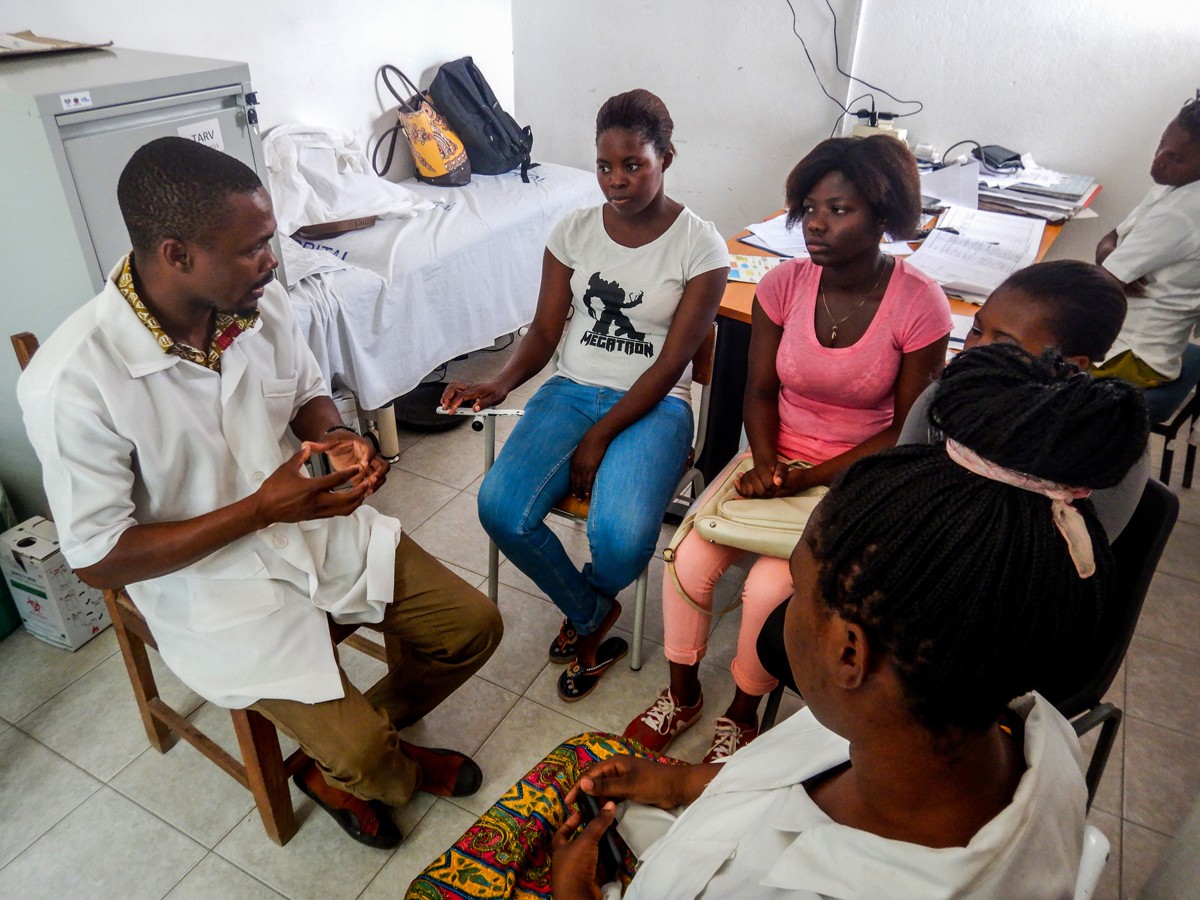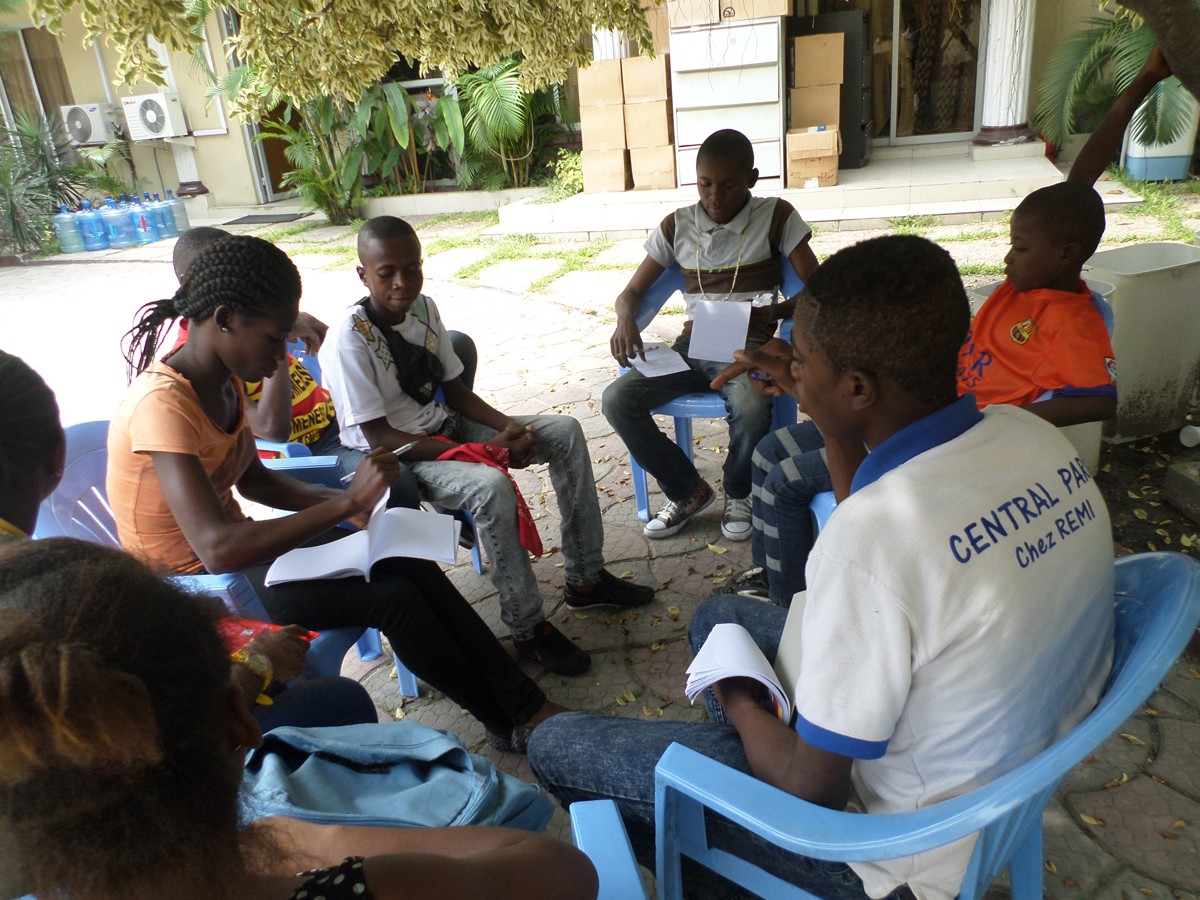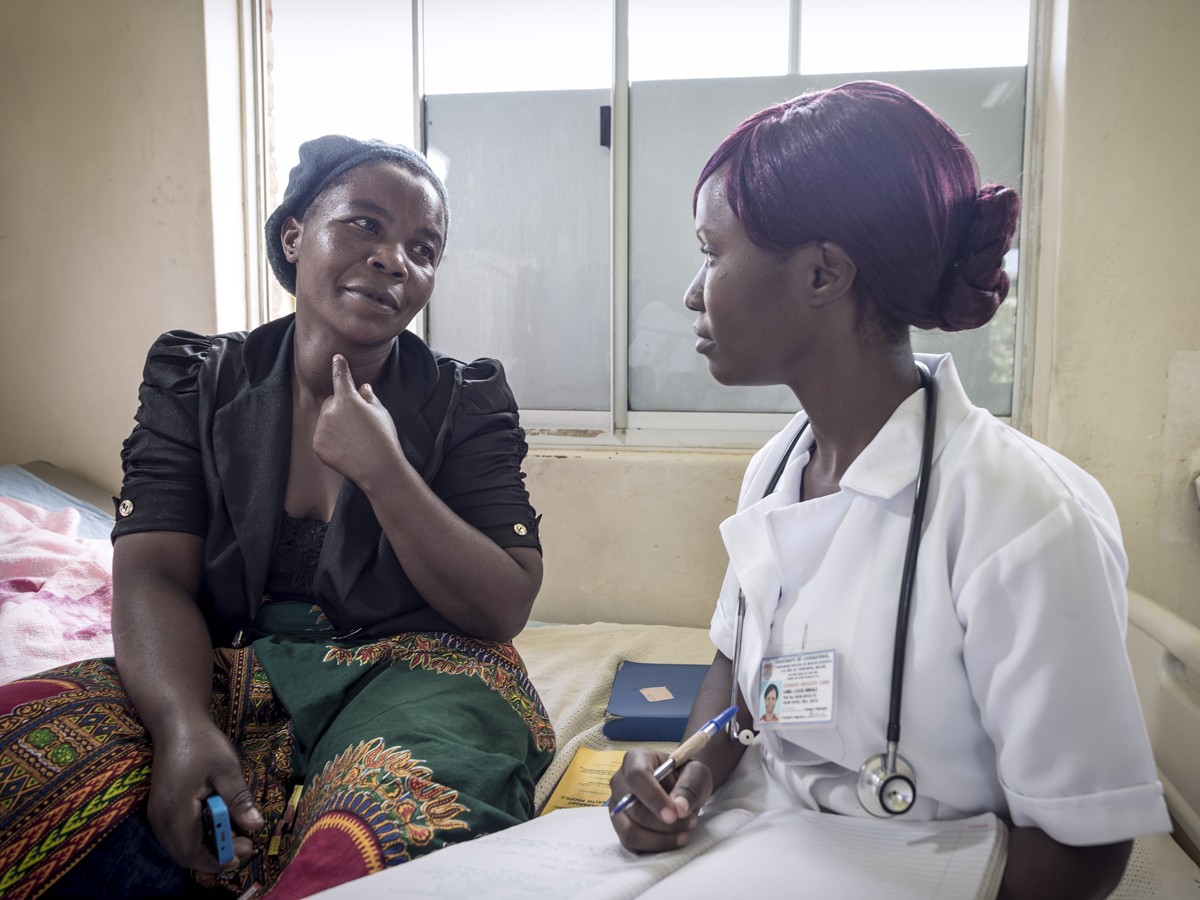Authors:
Olanrewaju Edun, Lucy Okell, Helen Chun, Anne-Cecile Z. Bissek, Clement B. Ndongmo, Judith D. Shang, Hermann Brou, Eboi Ehui, Alexandre K. Ekra, Harriet Nuwagaba-Biribonwoha, Sindisiwe S. Dlamini, Choice Ginindza, Frehywot Eshetu, Yimam G. Misganie, Sileshi Lulseged Desta, Thomas N. O. Achia, Appolonia Aoko, Sasi Jonnalagadda, Rose Wafula, Fred M. Asiimwe, Shirley Lecher, Kondwani Nkanaunena, Mtemwa K. Nyangulu, Rose Nyirenda, Anita Beukes, Johannes O. Klemens, Negussie Taffa, Andrew A. Abutu, Matthias Alagi, Man E. Charurat, Ibrahim Dalhatu, Gambo Aliyu, Collins Kamanzi, Celestine Nyagatare, Gallican N. Rwibasira, Mohamed F. Jalloh, Werner M. Maokola, George S. Mgomella, Wilford L. Kirungi, Christina Mwangi, Jennifer A. Nel, Peter A. Minchella, Gloria Gonese, Melodie A. Nasr, Stephane Bodika, Elisabeth Mungai, Hetal K. Patel, Katrina Sleeman, Kyle Milligan, Emilio Dirlikov, Andrew C. Voetsch, Ray W. Shiraishi, Jeffrey W. Imai-Eaton
Abstract:
As antiretroviral treatment (ART) coverage for people living with HIV (PLHIV) increases, HIV programmes require up-to-date information about evolving HIV risk behaviour and transmission risk, including those with low-level viremia (LLV; >50 to ≤1000 copies/mL), to guide prevention priorities. We aimed to assess differences in sexual risk behaviours, distribution of viral load (VL) and proportion of transmission across PLHIV subgroups. We analysed data from Population-based HIV Impact Assessment surveys in 14 sub-Saharan African countries during 2015–2019. We estimated adjusted prevalence ratios (aPR) of self-reported HIV high-risk behaviour (multiple partners and condomless sex) across cascade stages via generalised estimation equations. We modelled the proportions of transmission from each subgroup using relative self-reported sexual risk, a Hill function for transmission rate by VL, and proportions within cascade stages from surveys and UNAIDS country estimates for 2010–2020. Compared to PLHIV with undetectable VL (≤50 copies/mL), undiagnosed PLHIV (aPR women: 1.28 [95% CI: 1.08–1.52]; men: 1.61 [1.33–1.95]) and men diagnosed but untreated (2.06 [1.52–2.78]) were more likely to self-report high-risk sex. High-risk behaviour was not significantly associated with LLV. Mean VL was similar among undiagnosed, diagnosed but untreated, and on ART but non-suppressed sub-groups. Across surveys, undiagnosed and diagnosed but untreated contributed most to transmission (40–91% and 1–41%, respectively), with less than 1% from those with LLV. Between 2010 and 2020, the proportion of transmission from individuals on ART but non-suppressed increased. In settings with high ART coverage, effective HIV testing, ART linkage, and retention remain priorities to reduce HIV transmission. Persons with LLV are an increasing share of PLHIV but their contribution to HIV transmission was small. Improving suppression among PLHIV on ART with VL ≥1000 copies/mL will become increasingly important.








